A Nose For Nostalgia: Why Smells Trigger Strong Memories
"Fragrance is one of the most powerful memory holders for me. There are many [scents] that bring me back to the smell of mothballs in my grandparents' home, the smell an old house gets in the dead heat of summer, or the smell of first love. When I was 15, I used to keep a small bottle of my first boyfriend's cologne and breathe it in" - Rooney Mara (actress)
Have you ever smelt something that has immediately transported you back in time? Maybe the biting, sterile scent of supermarket hand sanitiser reminds you of hospital visits, where the wards reek of disinfectant. Can the sniff of a sweet fruit take you back to hot childhood Summers running under sprinklers and sucking on orange slices? Or perhaps smelling petrol from the backseat of the car (the window cracked a smidge even though mum told you not to) reminded you of your dad, coming home after a long day at work with his clothes streaked in car oil and grease.
It’s obvious to most of us who have experienced these fragrant flashbacks, that certain smells and scents are intertwined with memories, but there’s actually a science behind it.
Smell receptor cells detect aromas in the nasal cavity and the information is passed on to the Olfactory bulb (a structure at the front of the brain). On route, they go through the amygdala and the hippocampus, which are the regions related to emotion and memory.
In utero, the only sense to fully develop is our sense of smell, and it remains the most matured sense until around the age of 10. This goes a long way to explaining why childhood memories are so intrinsically linked to familiar scents and a longing for our youth. It’s also the stage of life when you will most likely lock in smells you love and smells you hate for life.
Smell and the other Senses
Although smell is not commonly referred to as the most important of the five senses (sight, touch, smell, taste and hearing), the past 20 months may have changed that. With a common symptom or side-effect of COVID-19 being a loss of smell, its importance in everyday life is being bolstered.
You also often can’t have one sense or experience it fully without another (especially when it comes to sight and taste) and their relationship to smell is vital. When it comes to taste, smell is not only the stronger of the two, but influences taste completely. At some stage in your younger years, you were no doubt served a less than appetising plate of food that you instantly turned your nose up at (so to speak). You were under strict orders from mum to “eat it all” otherwise you couldn’t leave the table. So, what did you do? You held your nose, shut your eyes and started shovelling spoonfuls in.
The fact that blocking the smell of the food also blocks its taste has a scientific explanation. As you chew, molecules in the food go to your nasal epithelium (the roof of the nasal cavity), so most of what you think you’re tasting with your mouth is actually what you’re smelling with your nose. For example, if you suck on a lolly with your nose pinched you will be able to taste sweet or sour, but you won’t be able to taste the exact flavour. The same goes for if you have a cold or blocked nose, as you’ll notice that foods don’t taste as nice or rich in flavour when you’re sick.

When it comes to sight and smell, context is the key. Have you ever smelt something familiar but couldn’t quite figure out why? An aroma wrapped in nostalgia yet the memory alludes you. This has to do with a lack of visual context.
Your brain uses context to give meaning to smells, and in turn, memories related to it. If you smell something you once connected with an intimate memory, coming across it again in a crowded street or a sports arena will make it harder for you to recall the right emotional response. People tend to smell in colour too, associating the sniff of something citrus-flavoured or a fruity fragrance with orange or yellow hues, and the more earthy scents of freshly mown grass or wood and bark with colours like green and brown.
And smell by association is something big businesses are trying to capitalise on…
Scent Branding
When we think of successful companies, we often attribute their triumphs to brand loyalty built up over many years, good advertising, and distinctive aesthetics. Take a brand like Cadbury, for instance. They are synonymous with the colour purple (trademarked, even) and their most popular products (Dairy Milk and Caramilk to name a couple) are so beloved, they have become a brand of their own.
Now imagine this level of awareness and recognition being extended to scent too. Scent branding (or Olfactory Marketing) has actually been used successfully for decades, but it’s more than just using a pleasant aroma in a shop. It is about creating a signature scent that will draw customers in and keep them there, building upon their fondness and familiarity with the brand.
Because memories and smells are so linked, smart scent branding gives businesses the opportunity to turn triggers into transactions. Play-Doh trademarked the scent of their famous mouldable clay – the distinctive yeasty, salty smell – to ramp up its associations with childhood memories, yearnings for simpler times and the joys of play.
Peter Alexander stores Australia-wide are famous for having the same smell, achieved rather simply with Glasshouse Fragrances' iconic A Tahaa Affair scented candle, and coffee connoisseurs Nescafé have been discreetly embedding the aromas of their brews into product packaging and labels for years. Sportwear superstars Nike have perfected the smell of skidding rubber sneakers, and luxury car manufacturers Rolls Royce spray that “new car smell” into every vehicle before they leave the production line.
Companies like Scent Australia are hired to create custom scents like these, to improve customer’s experiences. From encouraging people to linger longer in a pleasant-smelling retail space like Country Road, to eliminating bad odours in gyms such as Anytime Fitness, there are many benefits to subtle and well thought out scent branding. Some scents are also proven to improve mood and productivity in the work space too, thus benefitting employees as much as consumers.

Scented Candles
So, if you’ve ever wanted to bottle and capture a feeling or moment, you can give thanks for scented candles and the wide array of flavours and fragrance types available. The opportunity to indulge in your favourite scents are limited only by your imagination – and memories!
Florin and Grace will satisfy your nostalgic nose with an array of very specific scents to suit your favourite phases and places. Relive the crunchy orange, lemon & lime Froot Loops flavours from Toucan Sam with a 90s Kids Cereal scent, or breathe in the memories of family holidays by the seaside with a Sea Salt and Ocean Breeze infused Life’s A Beach soy candle. They’ve even captured the joy of new linen with a Fresh Sheets scent!
The Commonfolk Collective have moods and occasions covered with their dictionary definition range, from coming home, happy days, and birthdays, to the warm, fuzzy feeling of being in love. The essence of road tripping your way to stunning treetop walks and outdoor adventures have been encapsulated in the unmistakable musk of tea tree, pine and eucalyptus in Surf Coast Candles’ Woodwick Otways Mist Beach to Bush candle. And who wouldn’t instantly recognise the universal smell of Christmas time pine thanks to Ecoya’s Fresh Pine Tealight Candle Set?
For more memory inducing aromas, browse our full range of candles, oil burners, diffusers, soaps, and room sprays online.



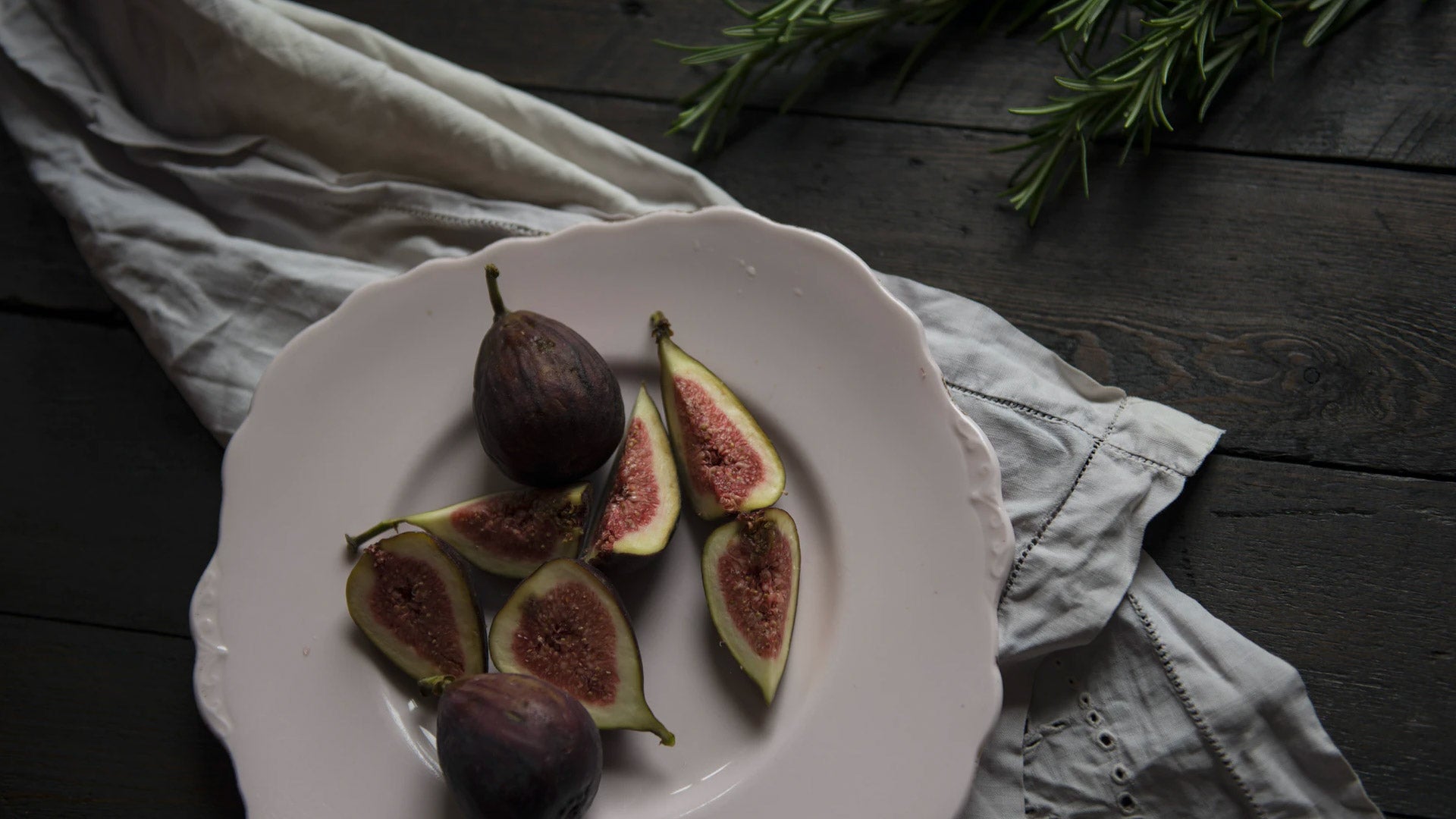
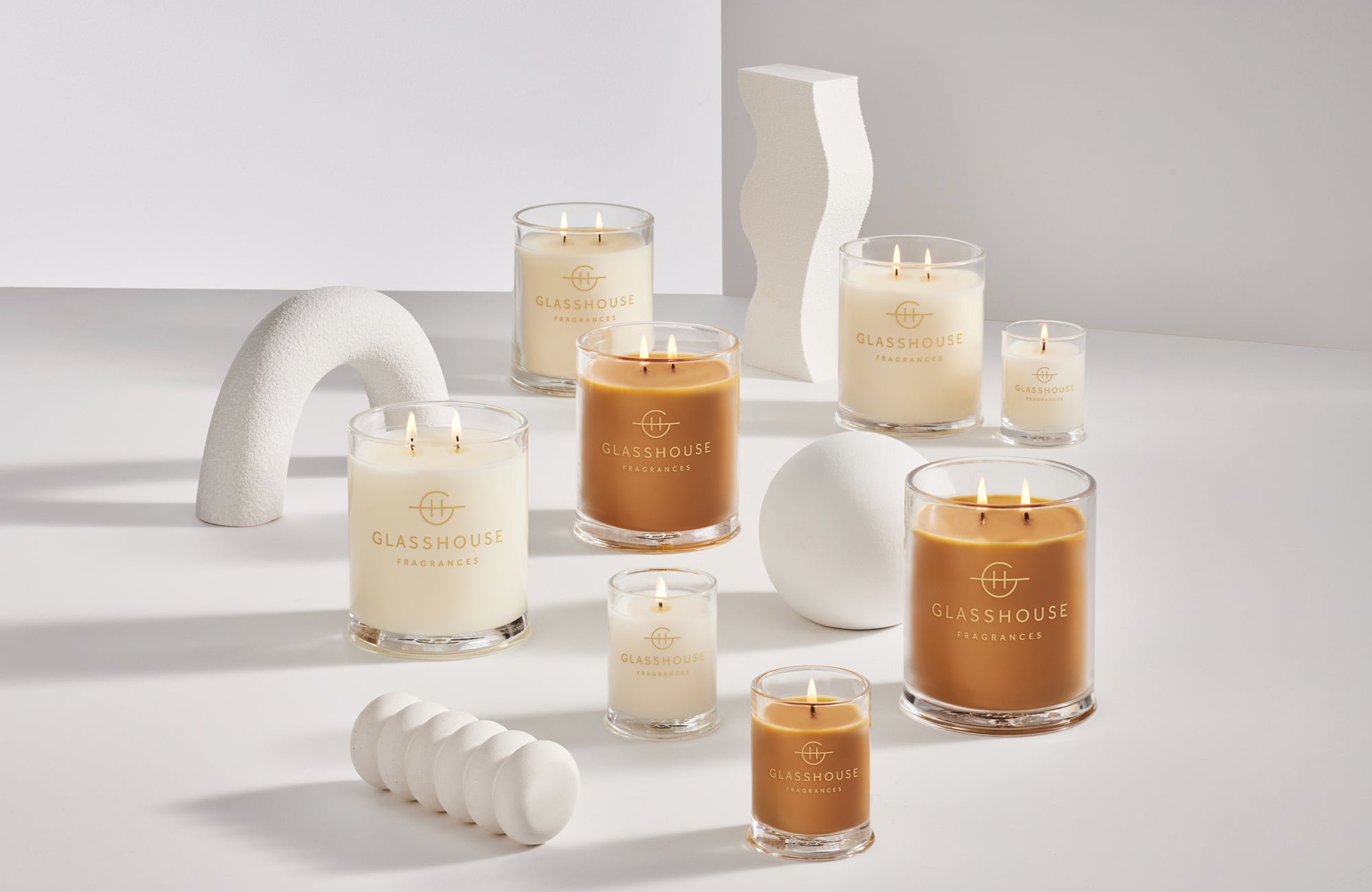
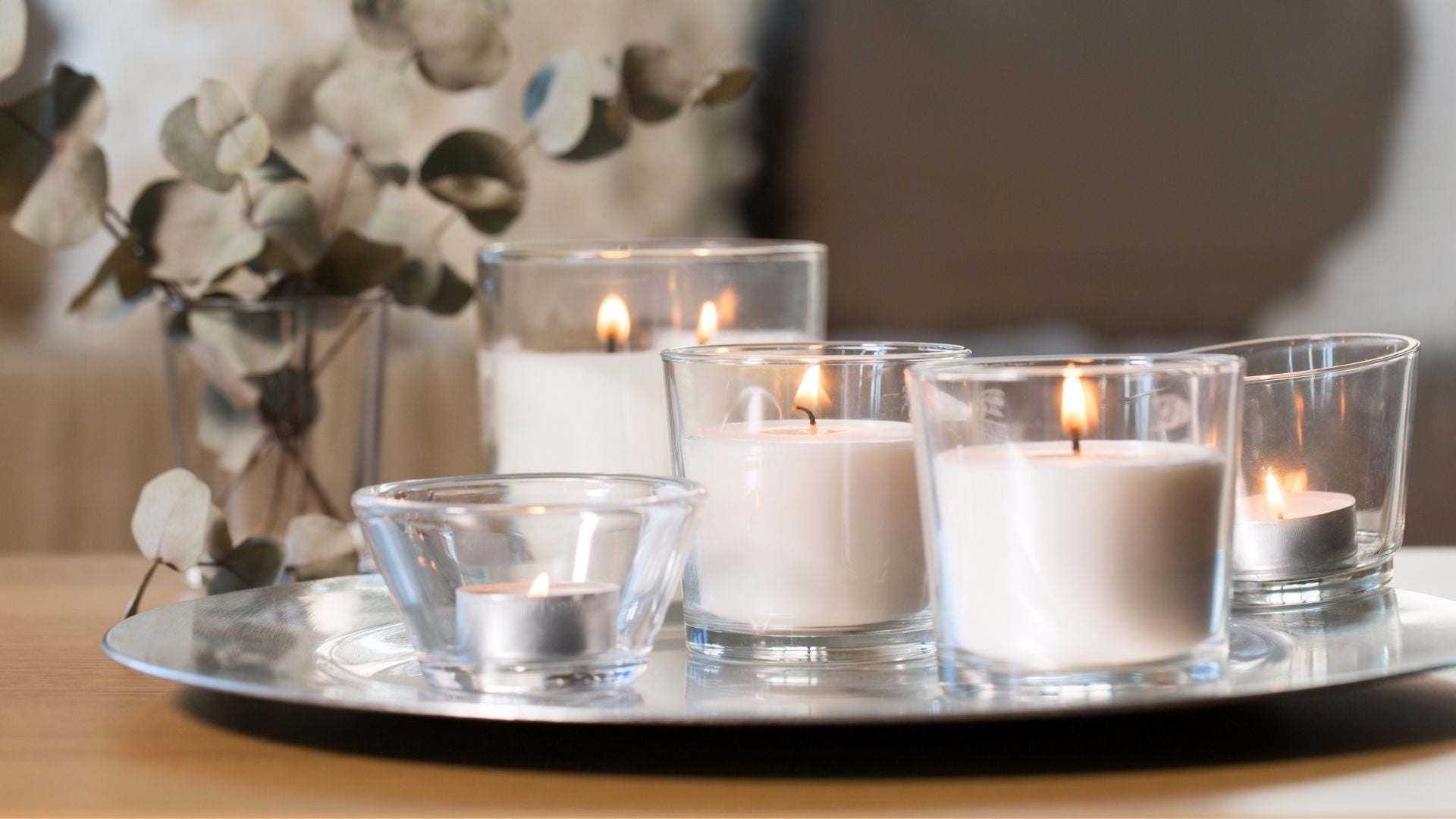
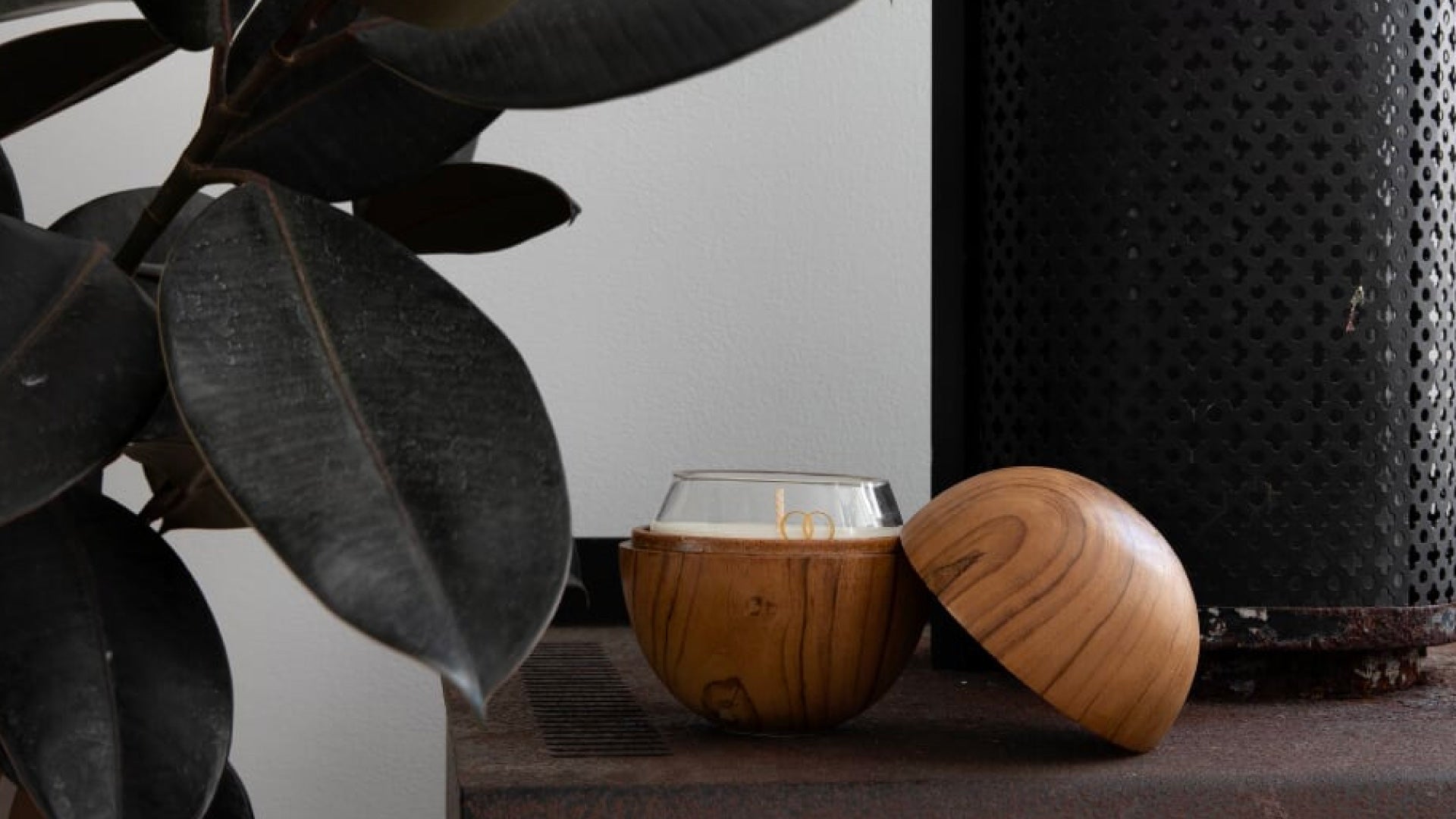
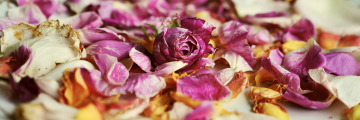

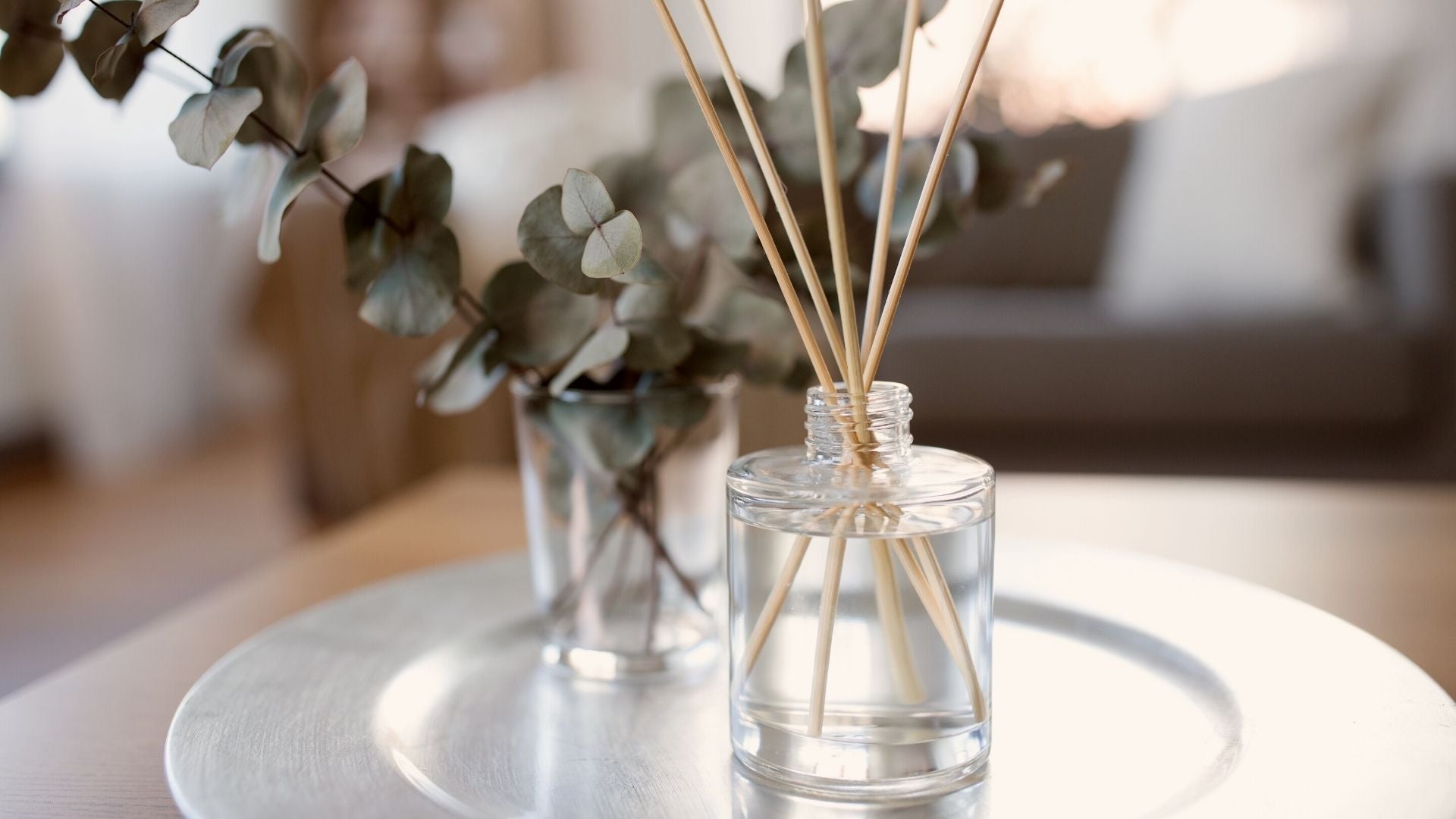
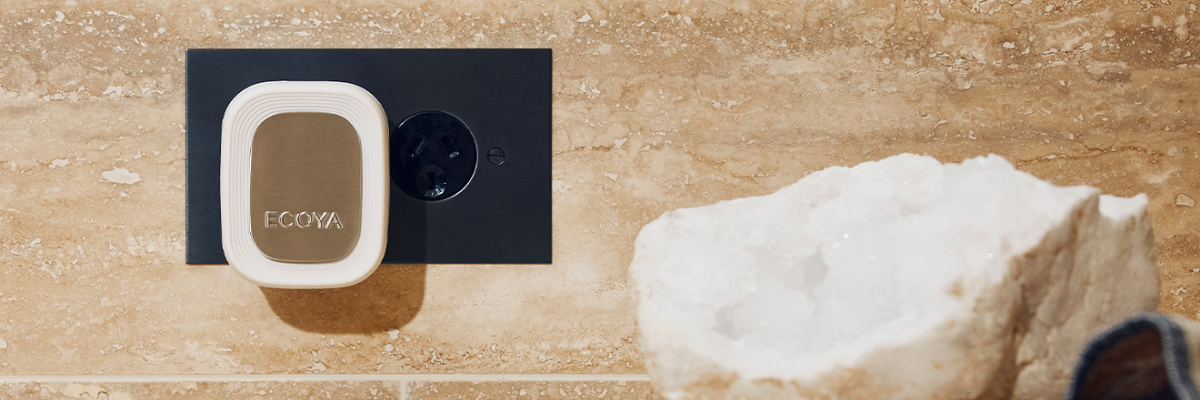



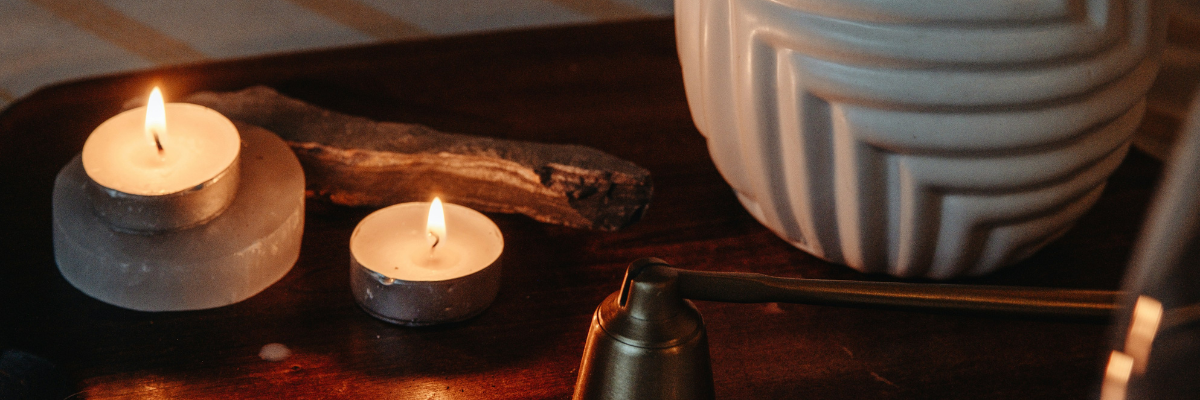

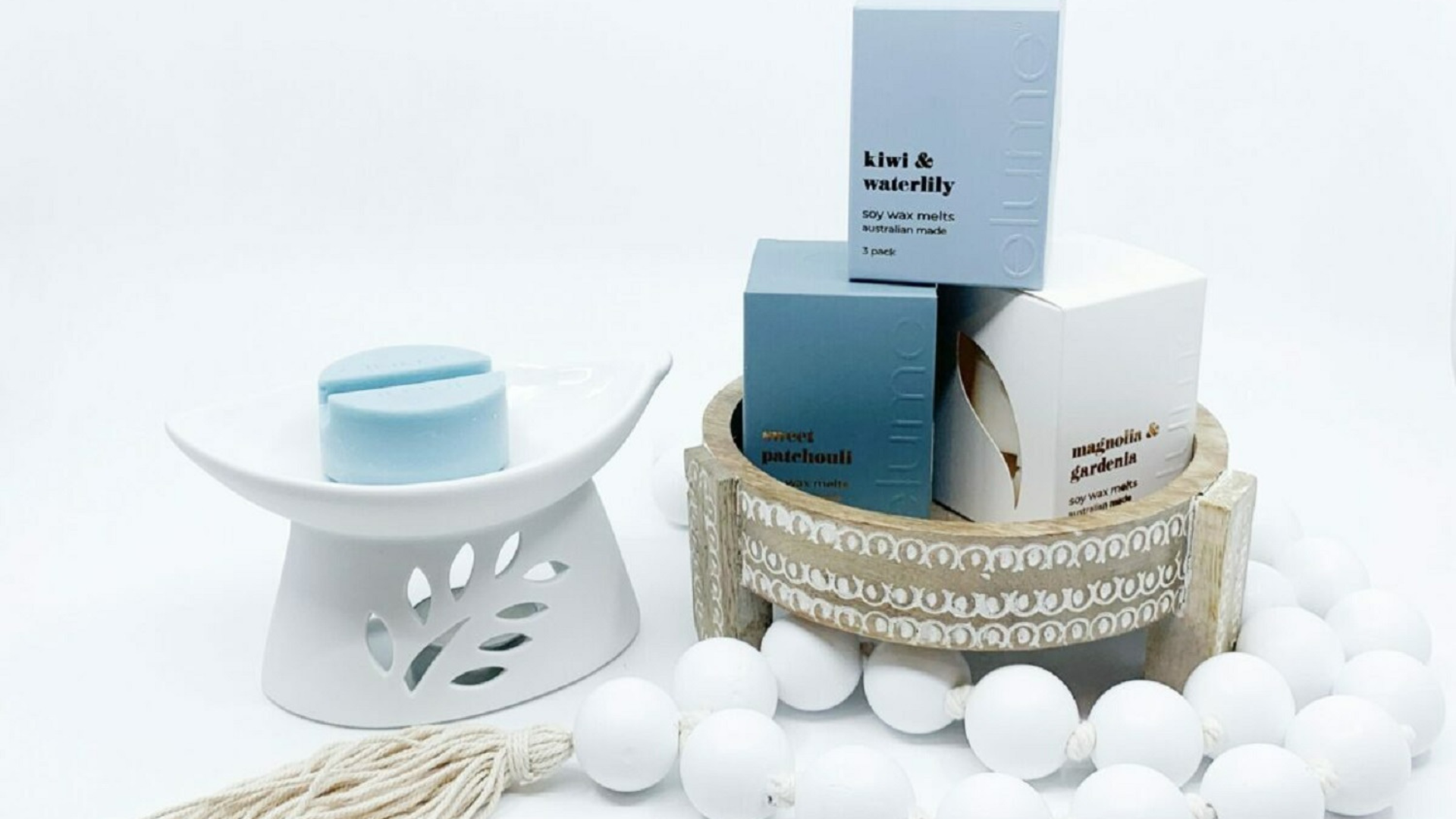
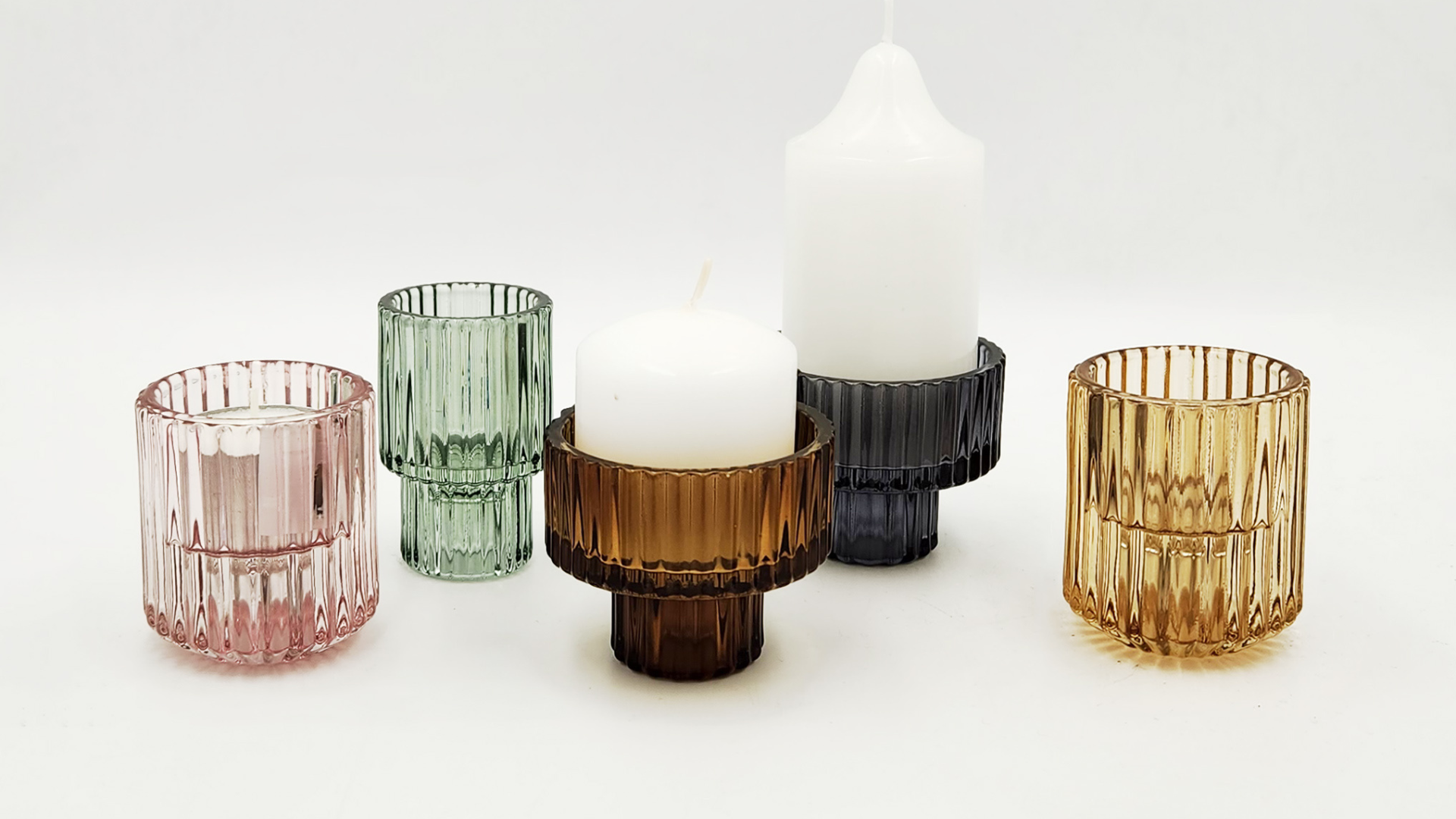
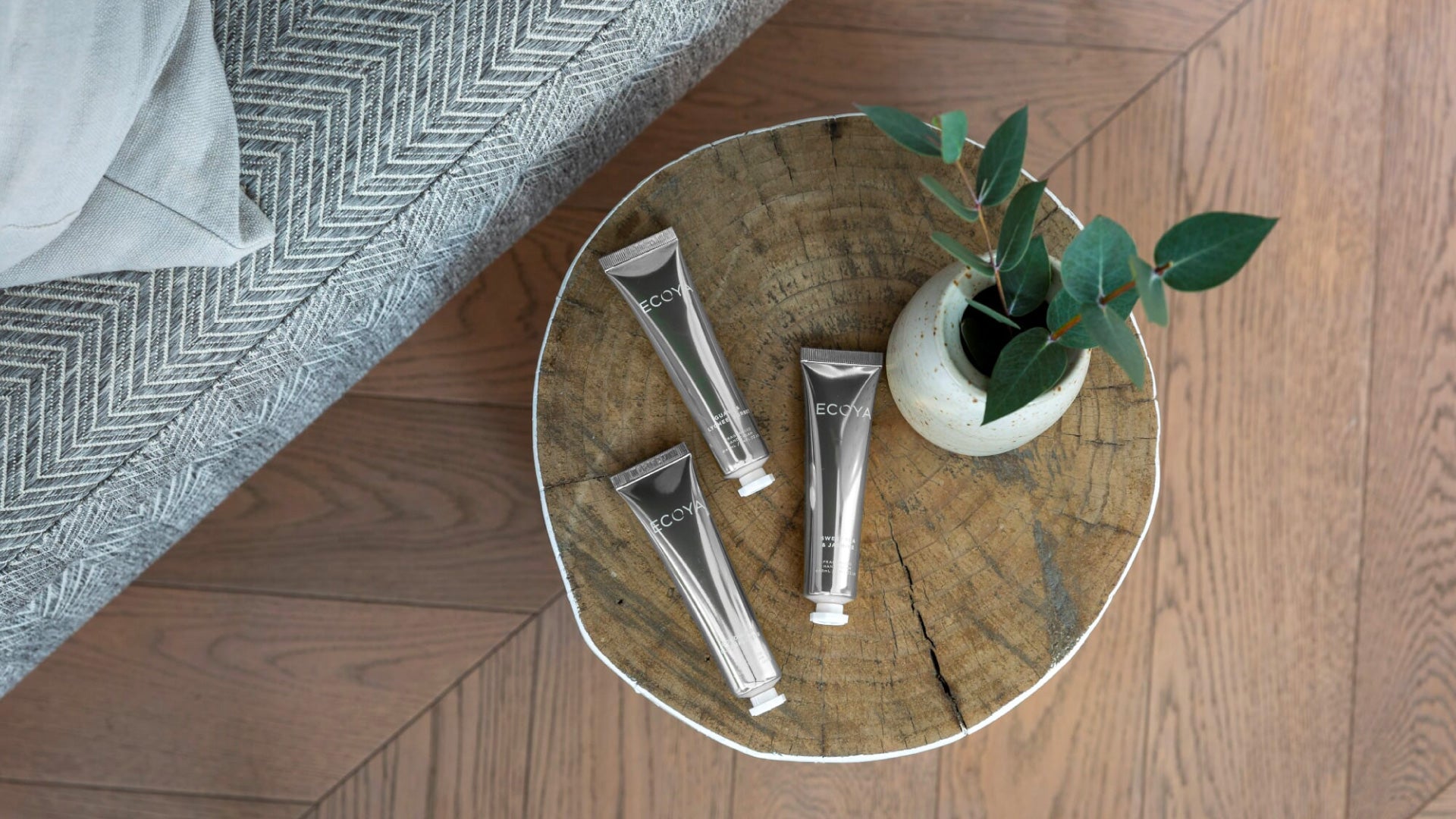

Leave a comment